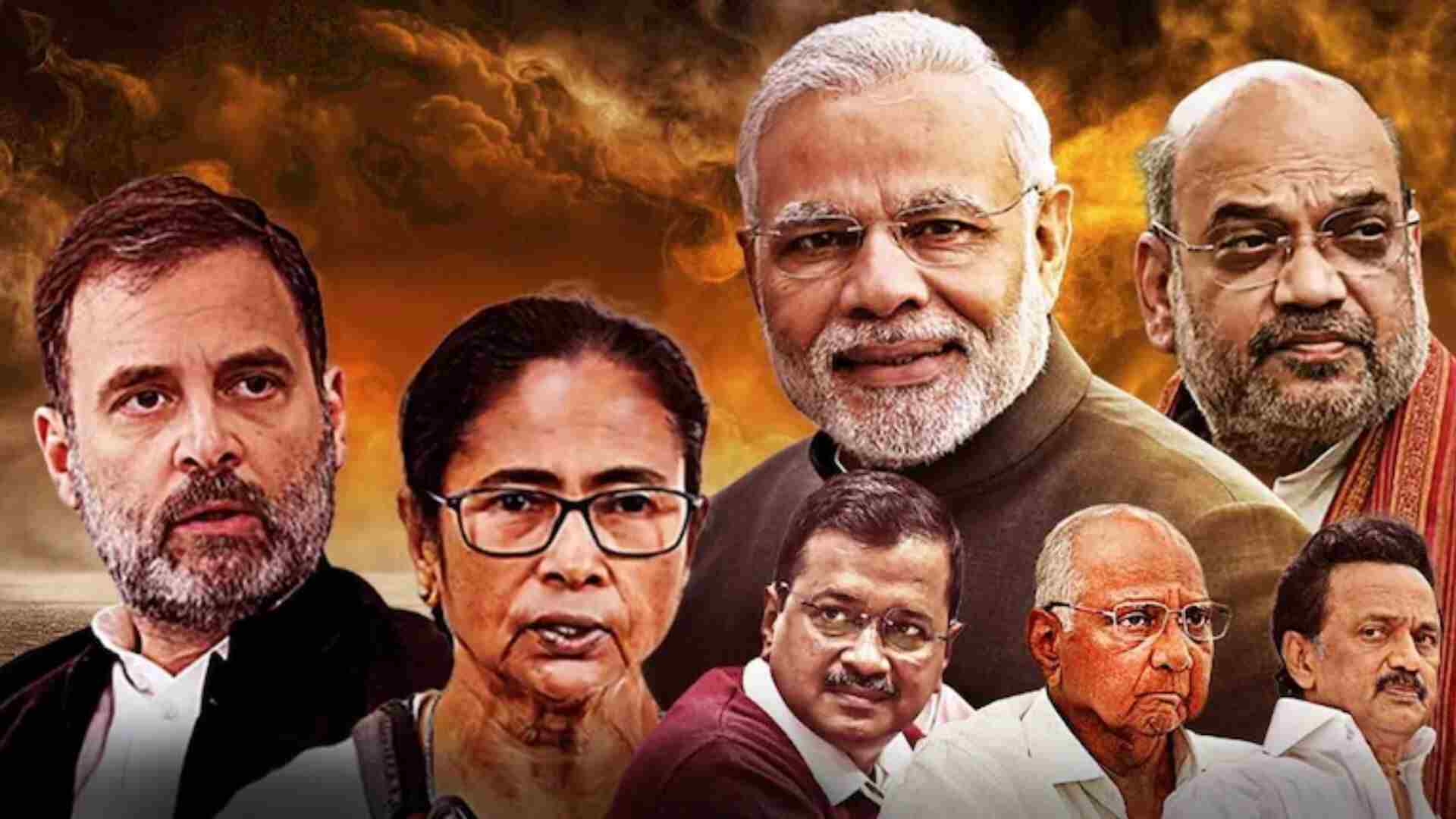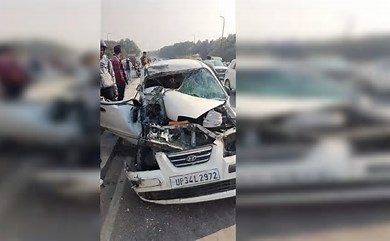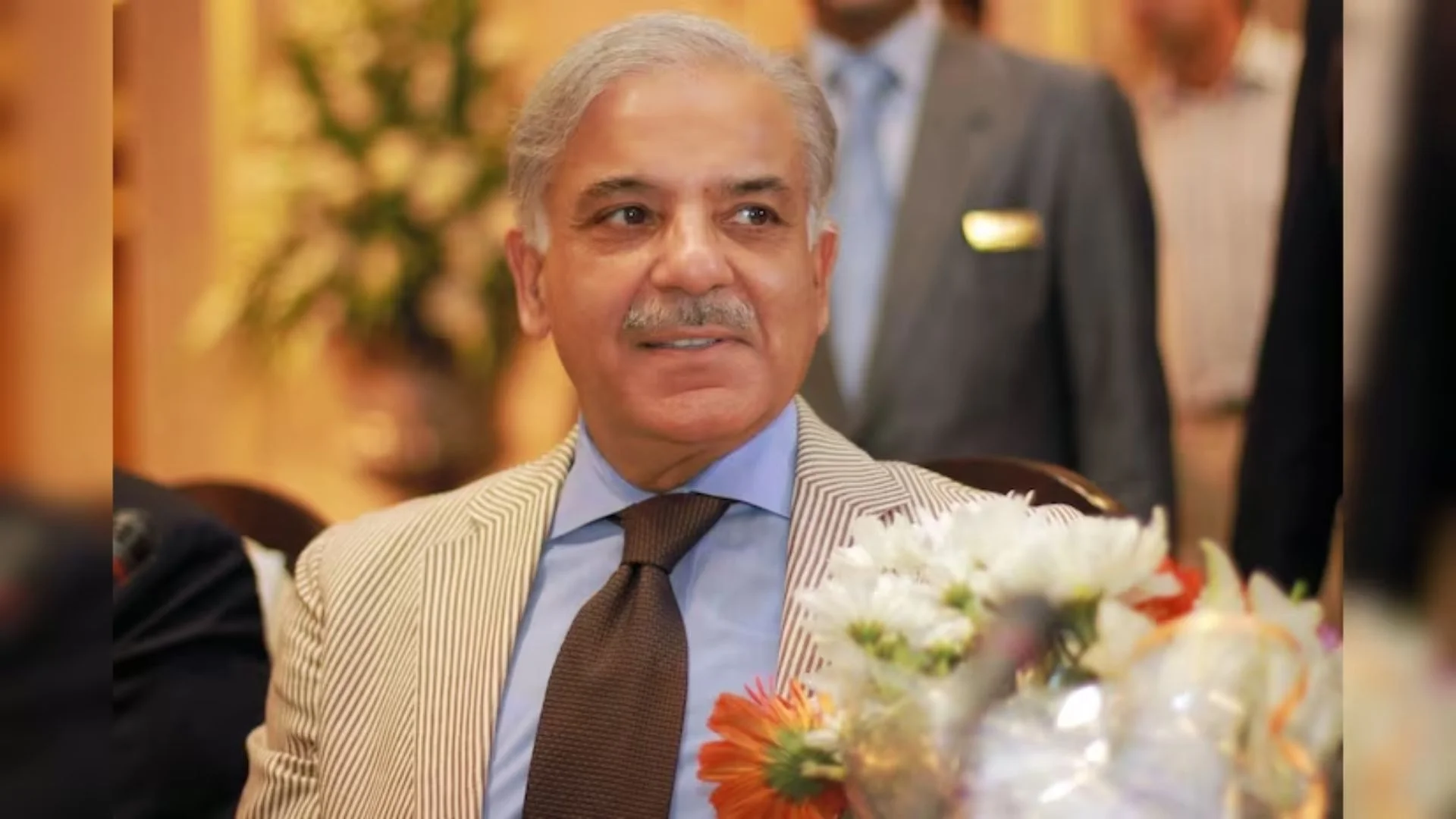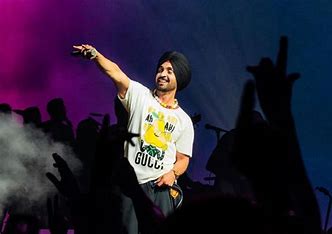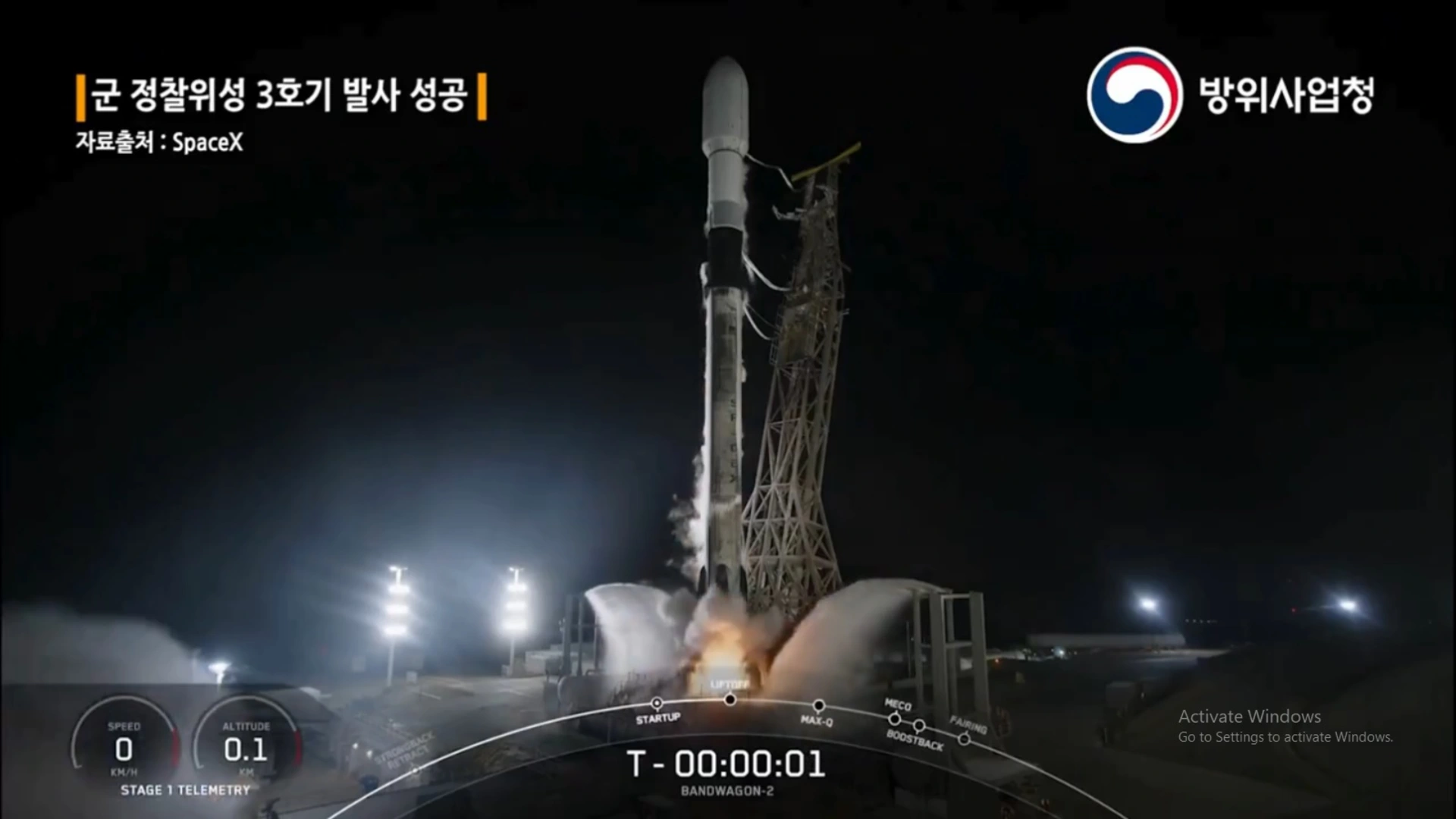The results of the extensive, seven-phase 2024 Lok Sabha elections will significantly influence the direction of the Indian republic for the next five years or more. They could also redefine electoral politics in the world’s largest democracy and shape the future of various political parties involved.
As the largest opposition party with a national presence, the Congress has a lot at stake. It has already responded to the pressure from the BJP by choosing a non-Gandhi leader for the party. Additionally, the party has demonstrated signs of revitalization through Rahul Gandhi’s Bharat Jodo Yatras, the electoral impact of which will soon be revealed. For several regional parties, the elections represent a fight for survival.
Will Congress end its Hindi heartland drought?
The Congress suffered significant losses in the Hindi heartland in both 2014 and 2019, resulting in the party’s lowest-ever tally of 44 seats in 2014 and 52 seats in the last Lok Sabha elections. In 2019, the Congress secured only one seat each in Uttar Pradesh (Sonia Gandhi in Rae Bareli), Bihar (Kishanganj), and Madhya Pradesh (Chhindwara), which collectively account for 149 seats. The party failed to win any seats in Rajasthan, Haryana, Delhi, Himachal Pradesh, and Uttarakhand, and managed only two seats in Chhattisgarh and one in Jharkhand, totaling just six out of the 225 Lok Sabha seats across 10 states.
The major question is whether the Congress can make a comeback in these Hindi-speaking states. While the party has performed reasonably well in southern India – independently in Telangana, Karnataka, and Kerala, and in alliance with the DMK in Tamil Nadu – it must achieve gains in the North to halt the BJP’s momentum.
Congress-BJP head-to-head: Who will have the last laugh?
In 2019, the Congress and BJP contested against each other in 193 seats, where candidates from these two parties were either winners or runners-up, including in states with triangular contests. Of these, the Congress won only 15 seats.
The challenge for the Congress is to significantly improve this ratio. This time, the Congress and BJP are contesting against each other in 194 seats, not including those in states like West Bengal, Kerala, Telangana, or Tamil Nadu, where triangular contests exist. With the Congress positioning itself as the BJP’s main challenger — Rahul Gandhi even challenged Narendra Modi to a televised debate — the key question is whether the Congress can deliver a better performance this time.
Will the INDIA bloc click in key battleground states?
Bihar, Maharashtra, Uttar Pradesh, Delhi, and Haryana are crucial battleground states where the Opposition hopes to reduce the BJP’s 2019 tally. The INDIA bloc faces its biggest test in these states. Two of these states, Haryana and Maharashtra, will hold Assembly elections later this year, while Bihar will have Assembly elections late next year.
The key question is whether the INDIA bloc can influence the outcome. In Bihar, the NDA won 39 out of 40 seats last time. In UP, the NDA secured 64 seats, leaving 10 to the BSP, five to the SP (when the two allied), and one to the Congress. This time, the SP and Congress are contesting together in UP.
In Delhi, with the AAP and Congress contesting separately in 2019, the BJP won all seven seats. This time, the AAP and Congress are allies in both Delhi and Haryana, where a similar situation existed in 2019. Maharashtra presents a more complex scenario as the alliance configurations have changed.
Will Cong make a comeback in Karnataka?
Despite underperforming in the 2018 Assembly polls, the Congress made a strong comeback in the 2023 Assembly polls, winning 135 out of 224 seats. In the 2019 Lok Sabha elections, the BJP won 25 out of 28 seats, while the Congress secured only one. However, with regional leaders Siddaramaiah and D K Shivakumar, the Congress remains a formidable force in the state.
The BJP, relying on PM Modi’s popularity, has appointed former Chief Minister B S Yeddyurappa’s son, B Y Vijayendra, as the state party president to consolidate its Lingayat base and hopes to attract some Vokkaliga support through its alliance with former PM H D Deve Gowda’s JD(S). It remains to be seen if the NDA can maintain its 2019 tally or if the Congress can make inroads.
Will Mamata Banerjee survive the BJP push?
Mamata Banerjee’s Trinamool Congress (TMC), officially part of the INDIA bloc, contested the elections independently, with the Congress and Left Front maintaining their alliance. In 2019, the BJP surprised many by winning 18 seats and capturing a 40.64% vote share.
The crucial question is whether the TMC can withstand the BJP’s strong push this time. The BJP’s goal of surpassing its 2019 tally of 303 seats heavily depends on Bengal. The outcome in Bengal is significant for the TMC and the Opposition. With Assembly elections scheduled for 2026, the result, whichever way it swings, will be crucial for the BJP, the TMC, and the Left-Congress alliance. Additionally, there is keen interest in whether the Left-Congress alliance can regain ground in a politically polarized environment dominated by the TMC and BJP.

